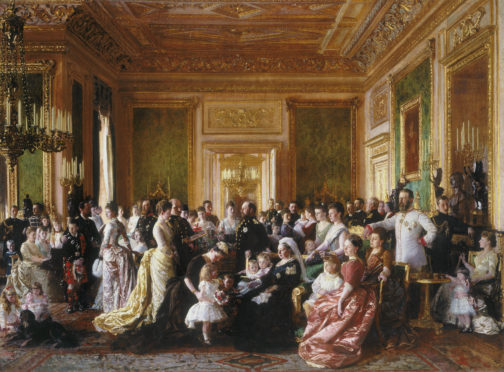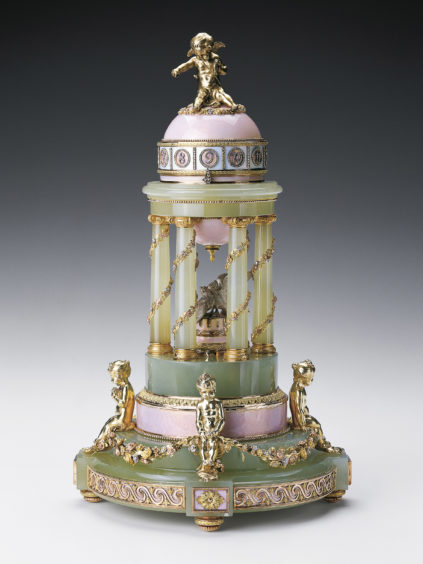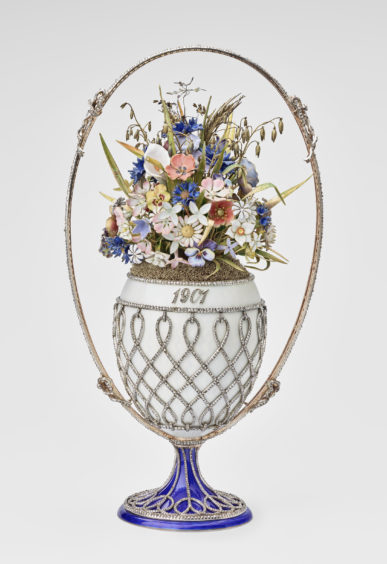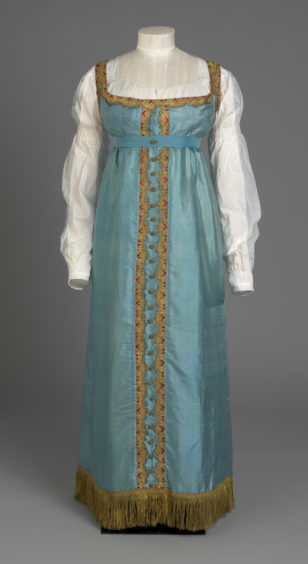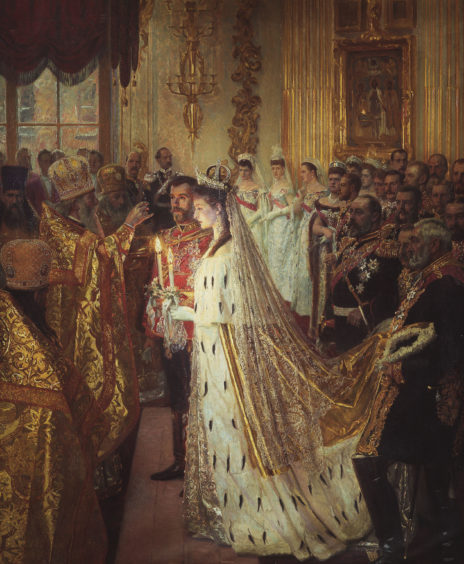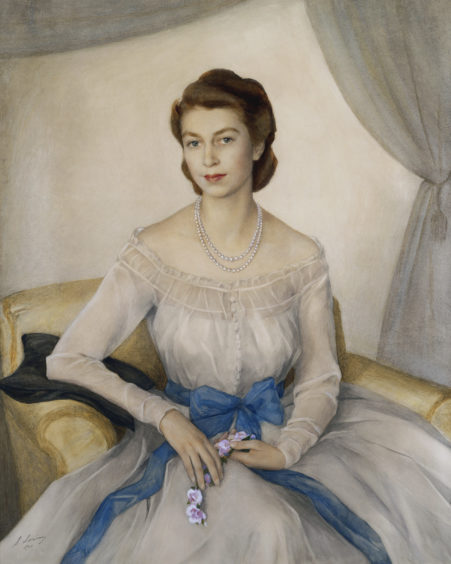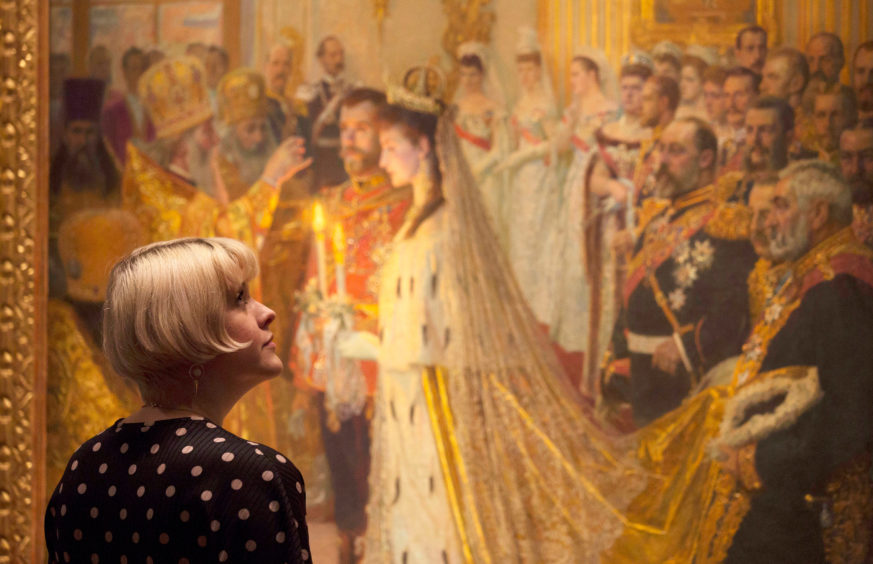A unique exhibition, Russia, Royalty and the Romanovs, is currently on display at the Palace of Holyrood House in Edinburgh. Exploring 300 years of contact between Britain and Russia from the late 17th Century through to Russia’s last emperor Nicholas II, works of art in the Royal Collection explore the bond through diplomacy, dynastic connections and alliances.
The pieces – most of which have never been seen in Scotland – have been given by Russian rulers, acquired by members of the British royal family in Russia or are associated with Russia, and include paintings, decorative arts, works on paper, photographs, books, archives and much more.
Curator Stephen Patterson explains: “As part of the research into the works in the Royal Collection various Scottish links became apparent: the letter of Peter the Great to the agent of the exiled Jacobites, as well as items associated with the visit of Nicholas II to Scotland in 1896 and the Scottish regiment of which he was colonel-in-chief.”
“There is also a photograph of a man dressed in full highland attire taken in Moscow in 1856.
All the works in the exhibition are part of the Royal Collection which is spread across the official and historic royal residences in the United Kingdom.
The exhibition, which has been five years in the making, threw up a few logistical challenges for Stephen and fellow curator Caroline de Guitaut.
“A key challenge was to ensure that the items selected for the exhibition work well together both in terms of display and also in terms of narrative,” Stephen explains.
“Many of the pieces are very large and others are very small so it was important to display the works in a sensitive manner one to another. But it was a great pleasure to see an idea develop into a fully-fledged exhibition and to see the research of so many colleagues and the effort of conservation colleagues presented in the Gallery and in the accompanying catalogue,” he smiles.
“It was also very pleasing to that so many previously un-exhibited works from the Royal Collection could be brought to public attention as well as the interest and pleasure of visitors in the exhibition.
Many of the items have a particular story or history, for example the Cossack uniform of the last Tsesarevich which was presented to King George V in 1935, or the Russian dress of Princess Charlotte of Wales displayed next to a portrait of her wearing it.
“There are three wonderful paintings by Danish artist Laurits Tuxen of the families of the King of Denmark, of Queen Victoria’s family and the wedding of Nicholas II, which show the strong dynastic connections of the 19th Century presented together in Scotland for the first time,” he says.
“There is also the painting of Grand Duchess Maria Alexandrovna by Gustav Richter, a gift to Queen Victoria from the Emperor of Russia when the Queen’s second son, Alfred, Duke of Edinburgh married the Grand Duchess. And then of course there is the Fabergé and in particular, the three Imperial Easter Eggs.”
There are a number of events happening in association with the exhibition and, with costume, paintings, jewellery and striking portraits Stephen and Caroline hope the exhibition will appeal to a wide of visitors of all ages.
“We hope they will come away with an understanding of the long connections between the two countries and that these connections continue today,” he says.
“We would also like visitors to have an understanding of the rich traditions of decorative arts produced in Russia and the skills of Russian artisans.”
“The majority of the pieces have not been seen in Scotland before and the exhibition provides an opportunity to display works together in The Queen’s Gallery at the Palace of Holyroodhouse for the first time, in particular the three portraits by Sir Thomas Lawrence commissioned by the future George IV. These are normally displayed in the Waterloo Chamber at Windsor Castle.
The Queen’s Gallery, Palace of Holyroodhouse, until November 3.
